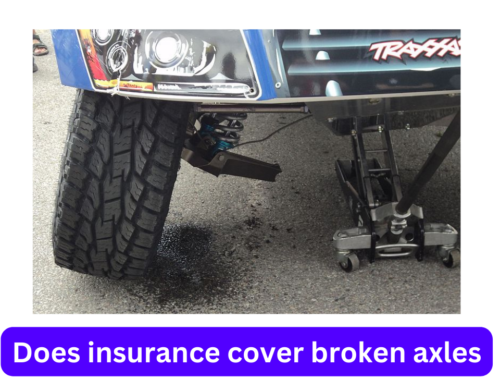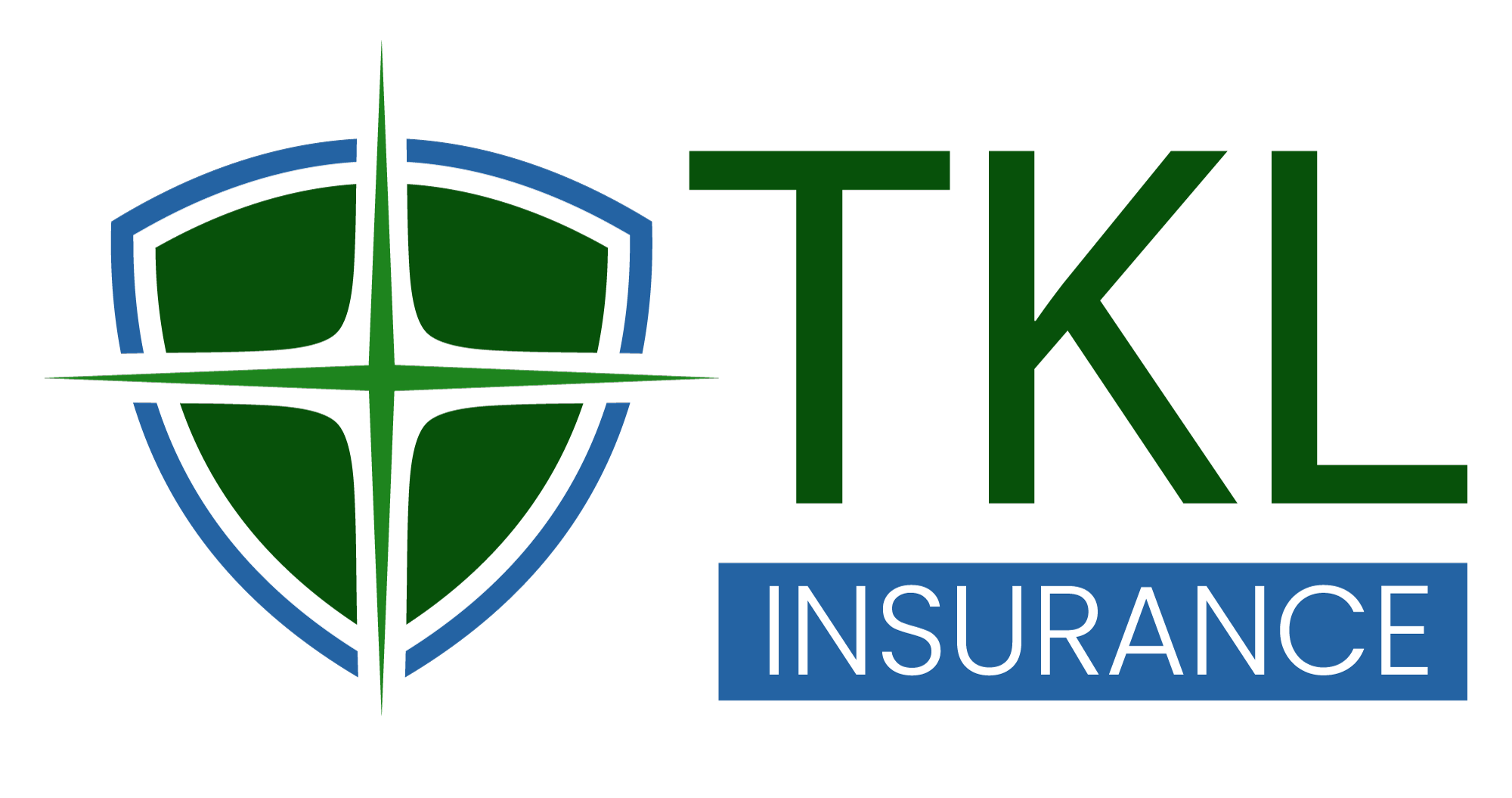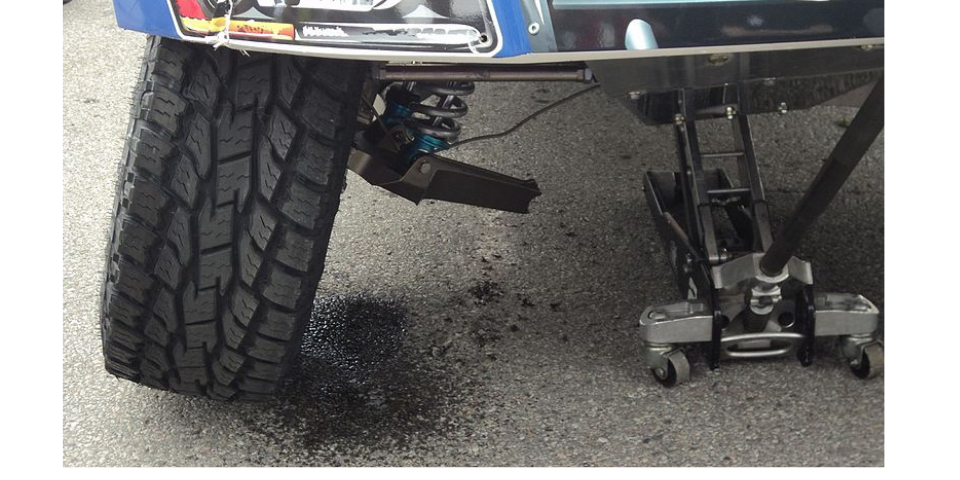Does insurance cover broken axles

best insurance for old cars
January 30, 2024
Is EverQuote.com a legitimate car insurance company
February 9, 2024Table of Contents
ToggleDoes insurance cover broken axles?
Car insurance usually doesn’t cover routine repairs for your vehicle, including axle repairs or replacements.
Insurance coverage for a broken axle depends on your policy and the circumstances of the damage. Comprehensive coverage may include it, but checking your specific policy details or contacting your insurance provider for accurate information is crucial.
I. Introduction
As vehicle owners, we understand the critical role that insurance plays in safeguarding our cars and providing financial protection. But when it comes to specific components like axles, questions arise: Does insurance cover a broken axle? In this article, we will discuss auto insurance and explore whether axle damage falls under its protective umbrella.
But, there are some important things to keep in mind:
- Covered Events: If your axle gets damaged in an accident or if you hit an animal, your insurance might cover the repair. This is more likely if you have comprehensive and collision coverage.
- Mechanical Failure: Regular auto insurance won’t cover damage from mechanical issues, normal wear and tear, or if you haven’t kept up with maintenance. If your axle is damaged due to these reasons, insurance probably won’t help.
- Total Loss: In some accidents, if the damage to the axle is too much, the insurance company might consider your car a total loss. This means the cost of fixing it and the risks of driving a repaired car could be more than it’s worth.
- Act Promptly: If you feel vibrations, hear clicking sounds, or notice instability while driving, it’s crucial to fix axle problems immediately. Driving with a broken axle can lead to accidents and loss of control.
- Cost of Repair: Fixing an axle can cost different amounts depending on your car’s make and model. Front axle repair usually ranges from $550 to $740, while rear axle repair is typically between $480 and $550.
Remember, spending a bit on fixing your axle now is better than dealing with a bigger problem later, like a collision. If you cause an accident, your insurance costs could go up, so timely repairs are a smart choice. Drive safely and take care of your car to avoid unexpected issues.
2. What is a car axle?
A car axle is a crucial component responsible for connecting and rotating the wheels. It plays a key role in supporting the vehicle’s weight and facilitating smooth movement.
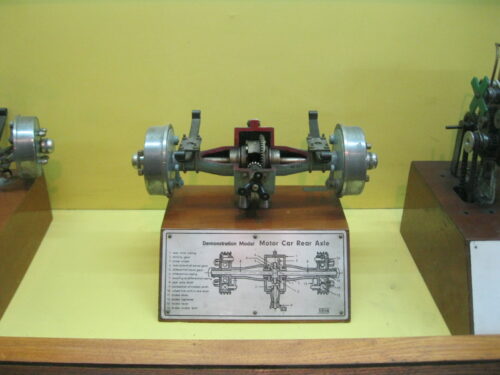
What are the different types of axles in Cars?
Front and Rear axles :
There are typically front and rear axles in most cars, helping ensure proper wheel rotation and overall mobility.
Different types of axles in cars include front axles (found in front-wheel-drive vehicles) and rear axles (common in rear-wheel-drive and all-wheel-drive cars). The axle plays a vital role in transmitting power from the engine to the wheels, making it an essential part of the overall drivetrain.
A stub axle carries the front wheels of the car, according to The Engineers Post. The front and rear axles are responsible for rotating the wheels. Most cars have front and rear axles, although larger vehicles might have more.
3. Does Insurance Cover a Broken Axle According to Types of Insurance Coverage?
To understand axle coverage, we must first grasp the different types of auto insurance:
A. Comprehensive Coverage
- Overview: Comprehensive insurance protects against non-collision-related damage. It covers incidents such as theft, vandalism, fire, and natural disasters.
- Typical Coverage: Comprehensive policies generally include damage caused by falling objects, floods, and other external factors.
- Axle Consideration: Unfortunately, comprehensive coverage does not typically cover axle damage resulting from mechanical failure or wear and tear.
Comprehensive Coverage and Axle Damage
Comprehensive insurance, despite its broad scope, does not specifically address axle repairs. While it protects against various perils, axle damage resulting from mechanical issues is usually not covered. If your axle breaks due to wear, rust, or other non-accident-related factors, you’ll likely foot the bill.
B. Collision Coverage
- Overview: Collision insurance focuses on accidents involving your vehicle. It pays for repairs or replacement if your car collides with another vehicle or object.
- Typical Coverage: Collision policies cover damage sustained during crashes, regardless of fault.
- Axle Consideration: If an accident causes your axle to break, collision coverage may come to the rescue. However, regular wear and tear are still excluded.
Collision Coverage and Axle Repairs
Collision coverage is more relevant when it comes to axle damage caused by accidents. If a collision—whether with another vehicle, a tree, or a pothole—breaks your axle, collision insurance steps in. Remember that collision coverage applies even if you’re at fault.
C. Policy Specifics: Read and Understand
The key lies in your insurance policy’s fine print. Take time to read and comprehend the terms. Look for any mentions of axle coverage, exclusions, and limitations. If you’re uncertain, consult your insurance agent or review the policy documentation.
4. Common Exclusions
Certain scenarios are usually excluded:
- Mechanical Failure: Damage from mechanical issues or lack of maintenance.
- Wear and Tear: Regular wear and tear isn’t covered.
- Negligence: If negligence caused the axle breakage, insurance won’t cover it.
5. Conclusion
- Comprehensive insurance rarely covers axle damage.
- Collision insurance is your best bet if an accident causes the breakage.
- Know your policy: Read, understand, and seek clarification.
- Stay informed: Regularly review your insurance coverage to ensure you’re prepared for any unexpected axle-related surprises.
Why should you inspect your car axles?
Checking your axles is important for a few simple reasons:
Safety:
When you regularly look at your axles, you can catch any wear, damage, or alignment issues early on. If an axle isn’t working well, it can make your car wobbly and harder to control, which could lead to accidents.
Preventive Maintenance:
Finding problems early means you can fix them before they get worse. This not only keeps your axles in good shape but also makes them last longer.
Cost Savings:
Fixing small problems with your axles quickly is way cheaper than waiting until they become big issues that need major repairs or even replacements.
Smooth Performance:
If you take care of your axles, your car will ride more smoothly, and driving will be a better experience overall.
Just remember, a little check on your axles now can save you from bigger problems later, and it keeps your wheels rolling smoothly.
How frequently should you inspect your axles?
Inspecting your car axles is essential for maintaining safety and preventing unexpected breakdowns. Here’s a guideline on how often you should check them:
- Recommended Frequency: It’s recommended that you inspect your axles at least once a year. This regular check helps identify any signs of wear, damage, or misalignment.
- Higher Mileage Cars: If you drive a vehicle with higher mileage, consider inspecting the axles even more frequently.
- Pay Attention to Signs: Keep an eye out for any unusual symptoms, such as:
- Clunking noises when shifting gears.
- Vibrations while driving.
- Shuddering or shimmying sensations.
- Difficulty moving despite the engine running fine.
If you notice any of these signs, it’s time to bring your car to a mechanic for a thorough axle inspection.
How much does it cost to replace an axle?
The cost of preparing a car axle can vary based on several factors, including the axle type, labor expenses, and your choice between original equipment manufacturer (OEM) parts or aftermarket components. Here’s a breakdown:
Front Axle Repair:
Parts and Labor: Generally, front axle repair can range from $500 to $800²³.
CV Axle Replacement: If you need to swap out the CV axle, anticipate a cost of about $200 to $600².
Rear Axle Repair:
Parts and Labor: Rear axle repair might incur a cost of roughly $450 to $650²³.
DIY Savings:
These prices assume professional labor. If you possess the necessary skills and tools, opting for a do-it-yourself approach can significantly cut down costs.
Symptoms and Prevention:
Be aware of signs indicating a problematic axle, such as vibrations, clunking noises, or difficulty in driving.
Swiftly address axle issues to steer clear of accidents and injuries.
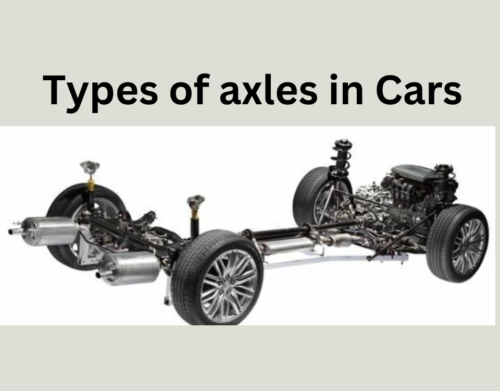
Does my insurance policy cover my car maintenance and repairs?
Car insurance primarily focuses on covering damages resulting from specific events, such as collisions, theft, or natural disasters. However, it does not typically cover routine maintenance or general wear and tear. Here are the key points:
- Car Repair Insurance (Mechanical Breakdown Insurance):
- If your vehicle’s original warranty has expired, you might consider purchasing car repair insurance (also known as mechanical breakdown insurance or MBI).
- MBI covers critical components like the drivetrain, engine, transmission, brakes, exhaust, power system, steering, and more.
- It’s similar to extended warranties offered by dealerships but is not mandated by any state and is separate from your regular auto insurance policy.
- Keep in mind that not all insurers offer MBI, and there may be limitations based on your vehicle’s age and mileage.
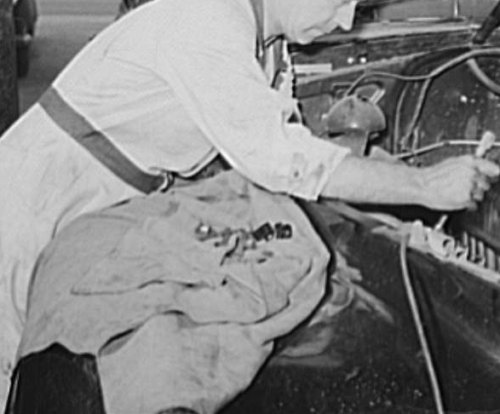
- Extended Warranties:
- Extended warranties, available from third-party sellers or dealerships, provide continued coverage even after the manufacturer’s warranty expires.
- They may be cheaper than MBI but could have more limited coverage.
- Like MBI, extended warranties do not cover normal wear and tear.
- Limits to MBI:
- Repairs covered by MBI must be done at an approved auto repair shop designated by the provider.
- You’ll still need to pay a deductible (usually low, between 0 to 0).
- Regular maintenance tasks like oil changes or replacing filters are not included.
In summary, while car insurance won’t cover routine maintenance, it may pay for repairs resulting from accidents or other covered perils. Always review your policy details and consider additional coverage options to protect your vehicle.
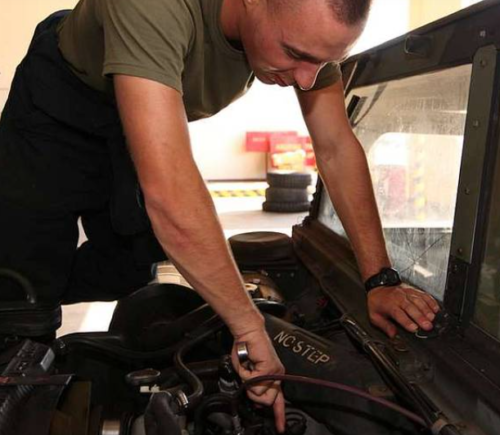
FAQ’S
Is It Expensive to Fix a Broken Axle?
Repairing a broken axle can be costly. The expense depends on factors like the type of axle, labor costs, and whether it’s the front or rear axle.
Front axle repair typically costs between $500 to $800, while rear axle repair may be around $450 to $650.
Is a Car Totaled If the Axle Is Broken?
Whether a car is totaled due to a broken axle depends on the overall damage and repair costs.
If the axle breakage is part of a severe collision, the insurance company may declare the car a total loss.
Does Insurance Cover a Broken Axle in Texas?
Car insurance generally excludes coverage for routine maintenance or wear and tear.
In the event of axle damage caused by a covered incident, such as an accident, your insurance might cover the repair costs, minus any deductible.
It’s crucial to thoroughly review your policy details and seek accurate information from your insurance provider.
